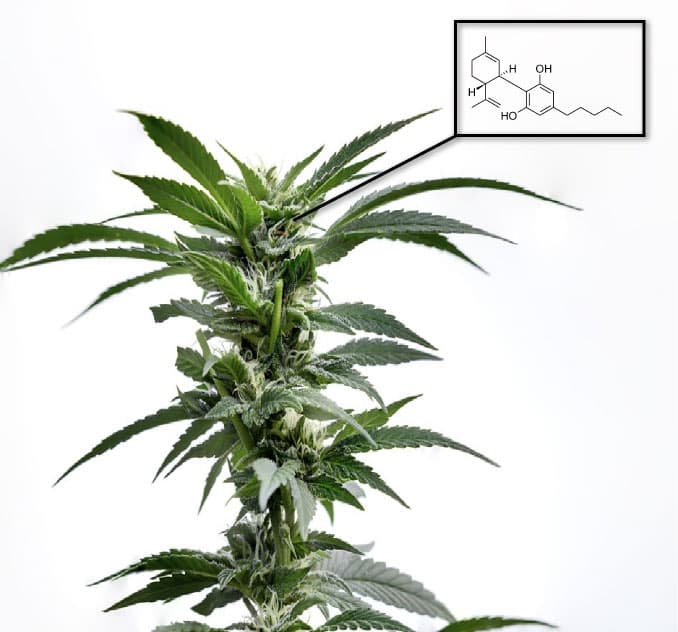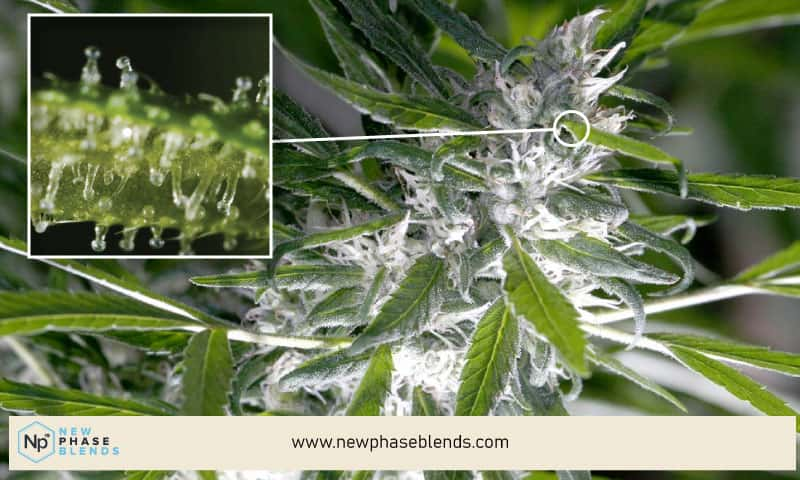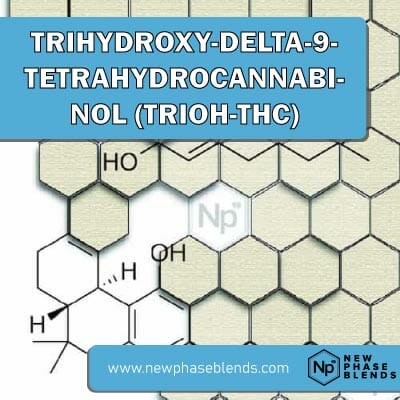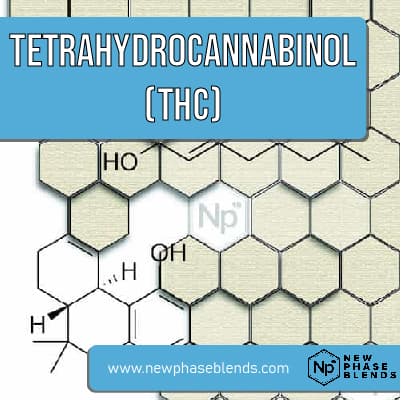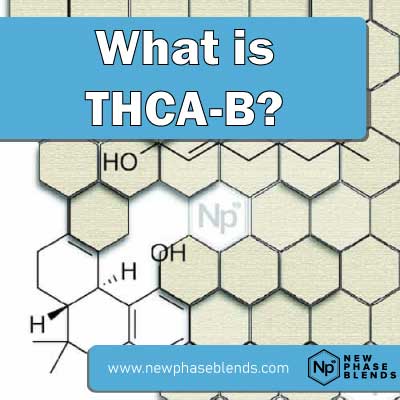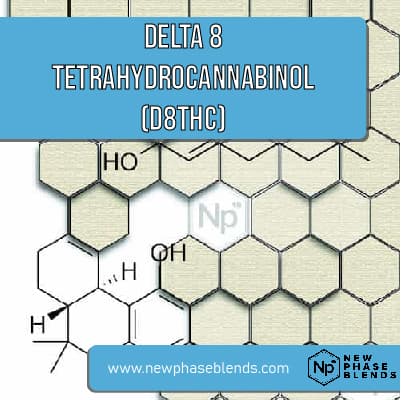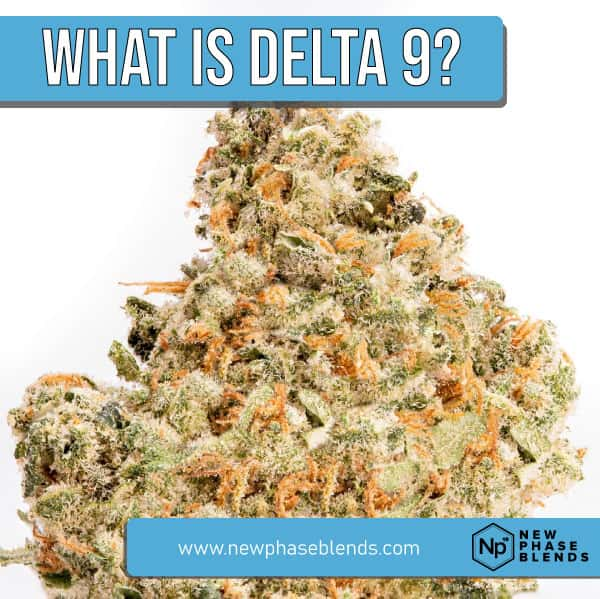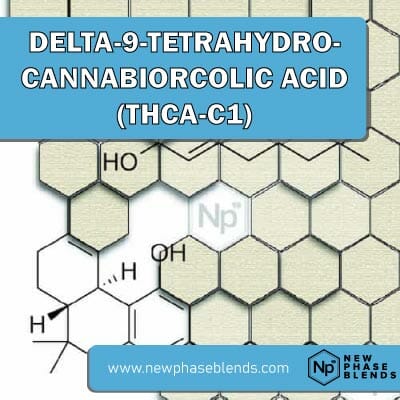Today’s cannabinoid journal entry will be somewhat of a short one. The cannabinoid known as trihydroxy-delta-9-tetrahydrocannabinol doesn’t have many findings supporting much of anything, nor does it provide much of a therapeutic role for humans – that we know of at this point in time.
WHAT IS TRIHYDROXY-DELTA-9-TETRAHYDROCANNABINOL (triOH-THC)?
Trihydroxy-delta-9-tetrahydrocannabinol (triOH-THC) is an uncategorized plant chemical found in cannabis. It is not available as an isolate, nor would it do you much good if you were able to isolate it.
Researchers haven’t been able to isolate this compound for separate studies due to its relatively unstable nature.
Previously, the term cannabinoid was used to identify a homogeneous categorization of monoterpenoids found in the cannabis sativa plant. Researchers these days use the nomenclature for all those compounds in the cannabis sativa plant showing an affinity for cannabinoid receptors, independently of their monoterpenoid skeleton.
Related: How Long Does Delta 8 THC Stay In Your System?
For over 75 years, researchers have been trying to increase their knowledge of the cannabis sativa plant. In recent times we have seen new publications and research into the plant. This has led to the discovery of more compounds as well as the ability to isolate compounds and understand how they work.
The discovery of trihydroxy-delta-9-tetrahydrocannabinol (triOH-THC) hasn’t been isolated to any point in time or particular research. We just know it exists.
Just like every other cannabinoid, triOH-THC is formulated and created during the flower-blooming stage of marijuana. Although research has shown that it doesn’t exist in all variants of the plant, we know that it is not synthetic.
Even though it exists in small quantities in marijuana, because it is a phytocannabinoid, we know that it will either belong to the alkyls or β-aralkyls. This classification is done with respect to the resorcinol side-chain that these compounds have.
In terms of chemical properties, we know that triOH-THC has a flashpoint, boils at a certain degree, and has a vapor pressure.
The cannabis plant and products are gaining traction commercially. The world is being drawn to the benefits of the cannabis plant and its compounds.
Largely known for its intoxicating ability by the populace, researchers have been studying to prove that cannabis has many more beneficial applications. Although we don’t know much about the tryhydroxy-delta-9-tetrahydrocannabinol (triOH-THC), we can say its future is very promising.
How Does TrioTHC Work?
Research has proven that there is a link between triOH-THC and tetrahydrocannabinol (THC). This similarity might mean that it will work the same way THC does in the body. The logical inference here is that both compounds are psychoactive in their functionality.
We don’t know how triOH-THC works for a fact. All we have is speculations and assumptions. The only ways to get answers about exactly how the compound works are research, clinical trials, experiments, and more research.
Are There Benefits to Using TRIOTHC?
THC components are known for their psychoactive ability, and they are administered to treat neurological deficiencies. Possessing these benefits, it is one of many acknowledged compounds in the cannabis plant.
The affiliation between the THC and triOH-THC compound has led to speculation that both compounds might function the same way; creating similar reactions in the body.
Related: What is the Difference Between THC and CBD?
We cannot say this for a fact because there is no research to prove this assumption. Until clinical trials and tests are carried out with the compound, our knowledge of the tri-OH-THC compound remains limited.
INTERESTING FACTS
- It has a vapor pressure of 76.8±3.0 kJ/mol.
- Its formula is C21H30O5.
- Its IUPAC name is (-)-6a,7,10a-trihydroxy-delta9-tetrahydrocannabinol.
References
Brenneisen R. Marijuana and the Cannabinoids. Springer; Berlin, Germany: 2007. Chemistry and analysis of phytocannabinoids and other cannabis constituents; pp. 17–49.
MDPI: https://www.mdpi.com/1420-3049/23/7/1526
Prandi, C., Blangetti, M., Namdar, D., & Koltai, H. (2018). Structure-Activity Relationship of Cannabis Derived Compounds for the Treatment of Neuronal Activity-Related Diseases. Molecules (Basel, Switzerland), 23(7), 1526.
Back to List of Cannabinoids



